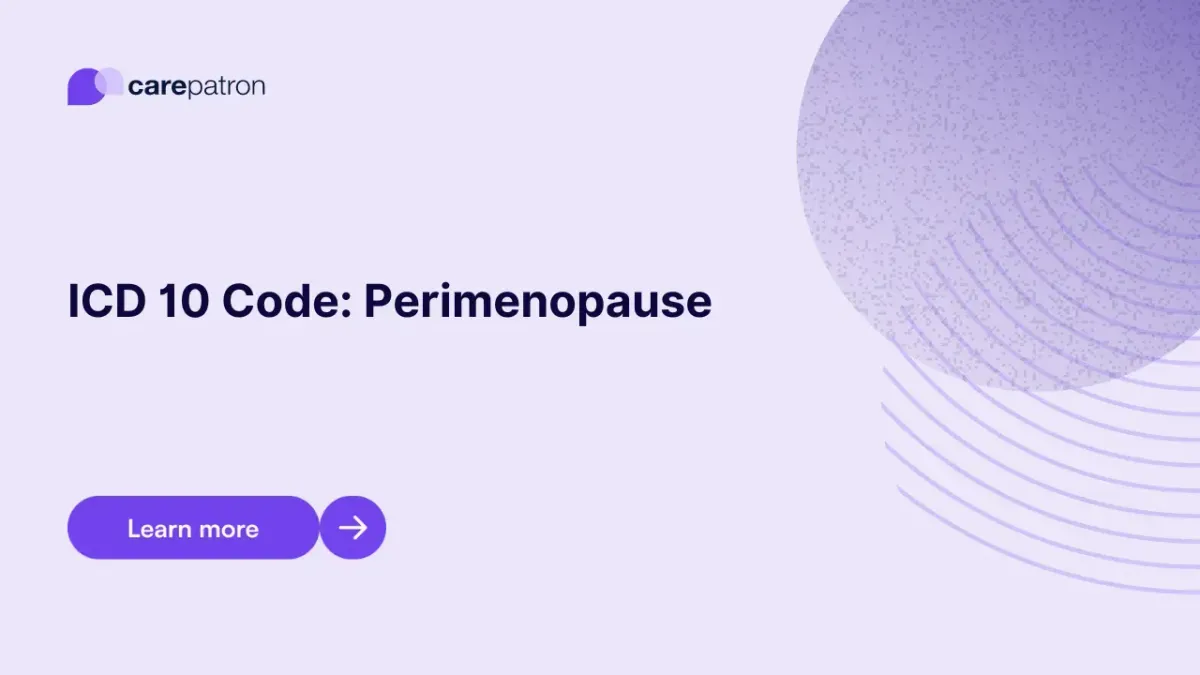
Perimenopause ICD-10-CM Codes | 2025
Learn about commonly used ICD-10 codes for perimenopause. Ensure accurate diagnosis coding for the menopausal transition.
Use Code
Commonly asked questions
Common treatments may include hormone therapy, lifestyle changes, psychotherapy, and symptom management.
Perimenopause is the transitional phase leading up to menopause, where hormone levels begin to fluctuate and symptoms like irregular periods, hot flashes, and mood changes start appearing.
Menopause, on the other hand, is officially diagnosed after 12 consecutive months without a menstrual period, marking the end of reproductive years.
The ICD-10-CM code N92.4 stands for excessive bleeding in the premenopausal period. This code is used when a patient experiences unusually heavy menstrual bleeding before reaching menopause.
EHR and practice management software
Get started for free
*No credit card required
Free
$0/usd
Unlimited clients
Telehealth
1GB of storage
Client portal text
Automated billing and online payments
